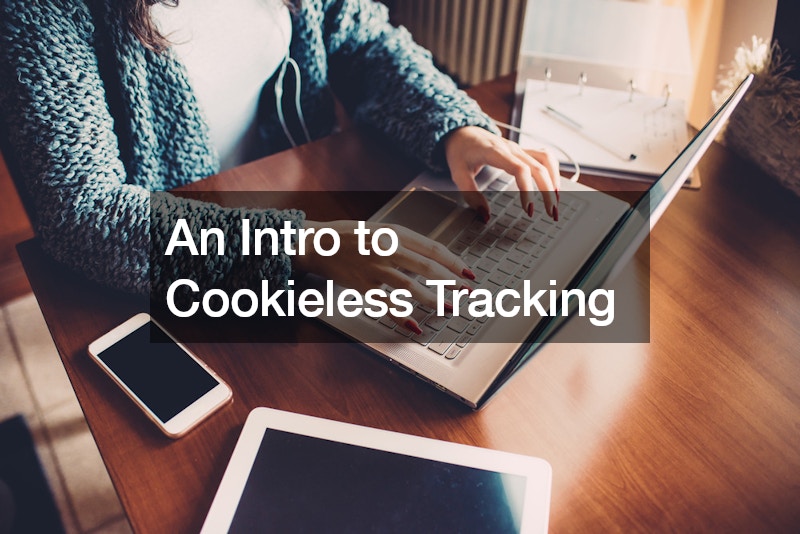In the evolving landscape of digital marketing and data privacy, ” cookieless tracking” has emerged as a significant concept. With increasing concerns over user privacy and the phasing out of third-party cookies by major web browsers, understanding this tracking event is essential for businesses seeking to maintain effective marketing strategies.
The Decline of Third-Party Cookies
Third-party cookies have long been a staple of online advertising, enabling marketers to track user behavior across different websites, build detailed user profiles, and deliver personalized ads. However, growing privacy concerns and stringent data protection regulations, such as the GDPR and CCPA, have led to a backlash against these tracking methods.
Browsers like Safari and Firefox have already blocked third-party cookies, and Google Chrome plans to phase them out by 2024.
Get to a Know A Future Without Cookies
Cookieless tracking refers to methods of monitoring and understanding user behavior without relying on traditional third-party cookies. These alternative tracking mechanisms aim to respect user privacy while still providing valuable insights for advertisers and marketers. Here are some key approaches to cookieless tracking:
First-Party Data
One of the primary methods of tracking without cookies is the use of first-party data. This data is collected directly from a company’s own digital properties, such as websites and mobile apps. It includes user interactions, purchase history, and other behavior observed during visits. Because this data is gathered directly from users who interact with a brand, it is considered more reliable and privacy-compliant.
Contextual Advertising

Contextual advertising targets ads based on the content of the webpage a user is viewing rather than their individual browsing history. This method ensures that ads are relevant to the page’s context without needing to track users across multiple sites. For instance, an ad for sports equipment might appear on a webpage about fitness tips.
Device Fingerprinting
Device fingerprinting involves collecting information about a user’s device, such as its operating system, browser type, screen resolution, and installed fonts. This data creates a unique “fingerprint” that can be used to identify and track users without cookies. While effective, this method raises privacy concerns and is subject to regulatory scrutiny.
Universal IDs
Universal IDs are another solution to no-cookie tracking. They involve creating a single, anonymous identifier for a user that can be used across multiple websites and platforms. These IDs are often based on first-party data and require user consent, aligning with privacy regulations.
Server-Side Tracking
Server-side tracking shifts data collection from the user’s browser to the server hosting the website. This method reduces reliance on cookies and allows for more accurate and secure data collection. It also helps bypass ad blockers, which often prevent traditional client-side tracking.
The Future of Tracking Without Cookies
As the digital landscape continues to evolve, businesses must adapt to new tracking methods that prioritize user privacy. Cookieless tracking represents a shift towards more ethical and transparent data practices. By leveraging first-party data, contextual advertising, and innovative technologies like universal IDs and server-side tracking, marketers can continue to deliver personalized experiences without compromising user trust.
